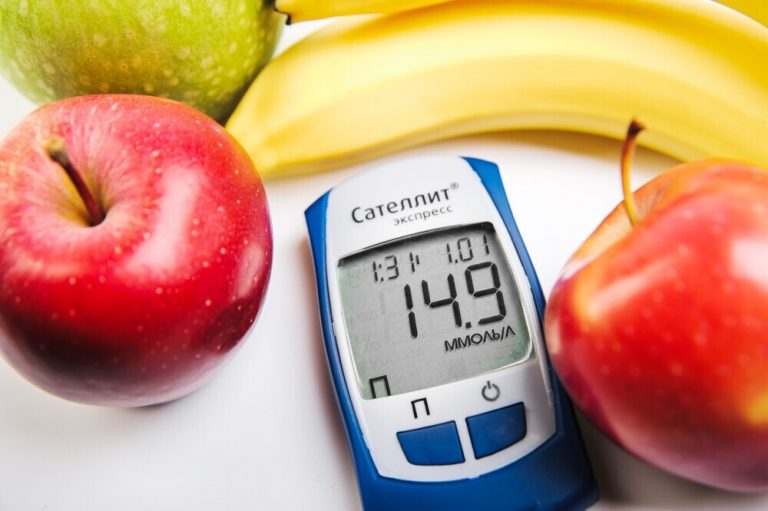
When we’re talking about diabetes, it’s key to know the basic difference between Type 1 and Type 2. Type 1 is usually something folks deal with early on, like childhood or adolescence, where the body’s own immune system attacks insulin-producing cells. Type 2, however, is largely influenced by lifestyle and usually manifests when we’re older. It’s the most common type and often linked to factors like diet and physical activity.
Let’s explore some lifestyle elements that contribute to Type 2 Diabetes. Things like what we eat, how often we move, and even our stress levels play big roles. Take, for instance, processed foods; they can spike blood sugar, and an inactive lifestyle doesn’t help either. Sometimes, genetics tosses its hat into the ring, but there’s a lot that’s within our control.
Now, onto the good stuff: yes, Type 2 Diabetes can actually be reversed. This isn’t a one-size-fits-all kind of deal, but adjusting your lifestyle can have a massive impact. The main idea here is reducing your blood sugar levels and keeping them in check. By doing so, many people have been able to essentially put their diabetes into remission.
Recent studies back this up too! Research has shown that with the right changes in diet and activity—along with medical guidance—people can see significant improvements. It’s all about making sustainable changes and sticking with them. A few years ago, studies started highlighting cases where folks managed to reverse their diabetes by focusing on diet and exercise. That’s powerful stuff!
Lifestyle Changes: The Cornerstone of Diabetes Management and Reversal
Balanced nutrition is a game changer when dealing with Type 2 Diabetes. Eating low-carb and high-fiber foods can really help keep your blood sugar levels stable. Consider whole foods like vegetables, nuts, and seeds. They’re your best friends when it comes to maintaining a balanced diet.
Getting active is another big step. Incorporating some form of physical exercise into your daily routine can make a difference. It doesn’t have to be anything intense—walking, cycling, or even simple body-weight exercises can be very effective. Moving more helps your body use insulin better, which is what we’re aiming for.
Weight management ties hand-in-hand with exercise and nutrition. Shedding a few pounds, especially in the abdominal area, can drastically improve insulin sensitivity. It’s not about quick fixes; focus on gradual, sustainable weight loss.
Stress has a sneaky way of influencing our blood sugar levels. Whenever we’re stressed out, our body releases hormones that can mess with our blood sugar. Techniques like meditation, yoga, or even just taking time for yourself each day can be really beneficial. Keeping stress in check isn’t just good for your mind—it’s great for your glucose levels too!
Medical Interventions: Supporting the Reversal Journey
When it comes to managing Type 2 Diabetes, medications can be a helpful ally. Many medications help control blood sugar levels effectively, making them an important tool on the road to reversal. Staying in the loop with your healthcare provider about how these can fit into your overall management plan is smart.
Insulin therapy often gets brought up, especially when diet and exercise need a little backup. Some folks might need insulin to maintain their levels, but it’s also important to talk about scaling back as your lifestyle changes take effect. It’s about finding that balance where you meet your specific needs.
Surgery, like gastric bypass, has been shown to be effective in some cases—not just for weight loss, but for diabetes management too. It might sound drastic, but for people who qualify, it could lead to significant health improvements. This isn’t a decision to take lightly, though. It’s crucial to weigh all factors.
The best route? Teaming up with a healthcare expert who gets your history, condition, and lifestyle. This partnership is key in crafting a personalized plan that works for you. Regular check-ins help in adjusting strategies as your body responds to these changes, keeping you on track and adaptable.
Building a Supportive Environment: Family, Community, and Mindset
A supportive family environment can be super helpful in managing Type 2 Diabetes. Whether it’s making healthier meals together or going for a walk as a family, these shared activities make a big difference. Having folks around who understand your goals and challenges eases the journey.
Community resources and support groups can also be great sources of encouragement. Meeting others who are on a similar path reminds you that you’re not alone. Sharing experiences, swapping tips, and cheering each other on makes managing diabetes less daunting.
Mindset plays a crucial role too. Keeping a positive attitude helps tackle the ups and downs of changing habits. It’s all about setting small, achievable goals and celebrating wins, no matter how small. This mindset keeps motivation high and makes sustaining lifestyle changes much more doable.
Celebrating milestones, whether they’re big or small, builds up confidence. Hitting targets, like reducing medication or achieving a lower weight, deserve recognition. These moments remind you of the progress you’ve made and boost your momentum to keep going.
Before starting any weight loss, diet or fitness program, you should always consult with your doctor or health care provider first.